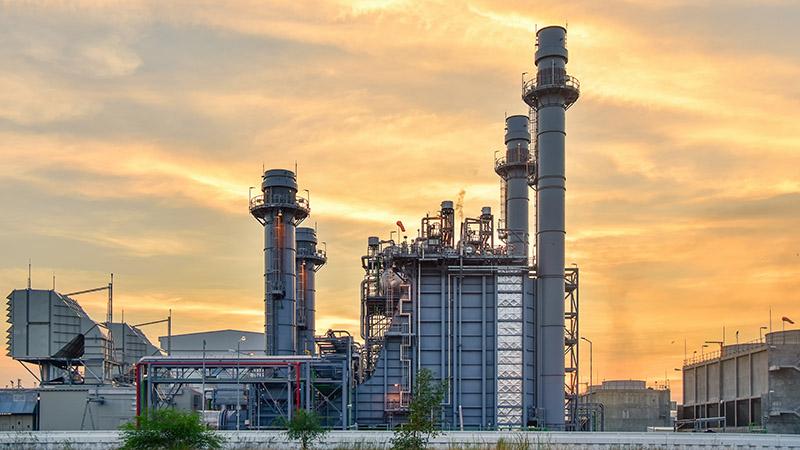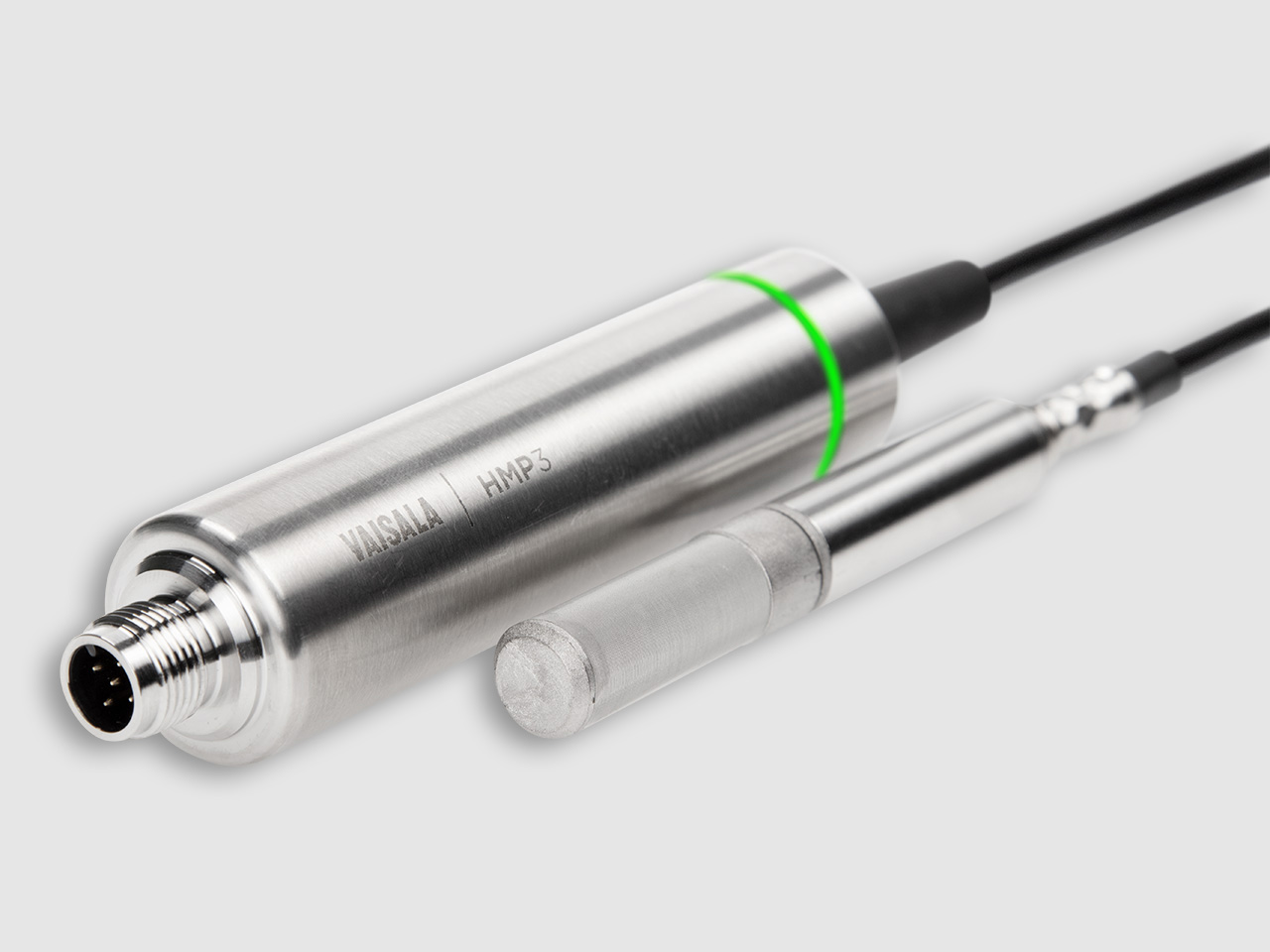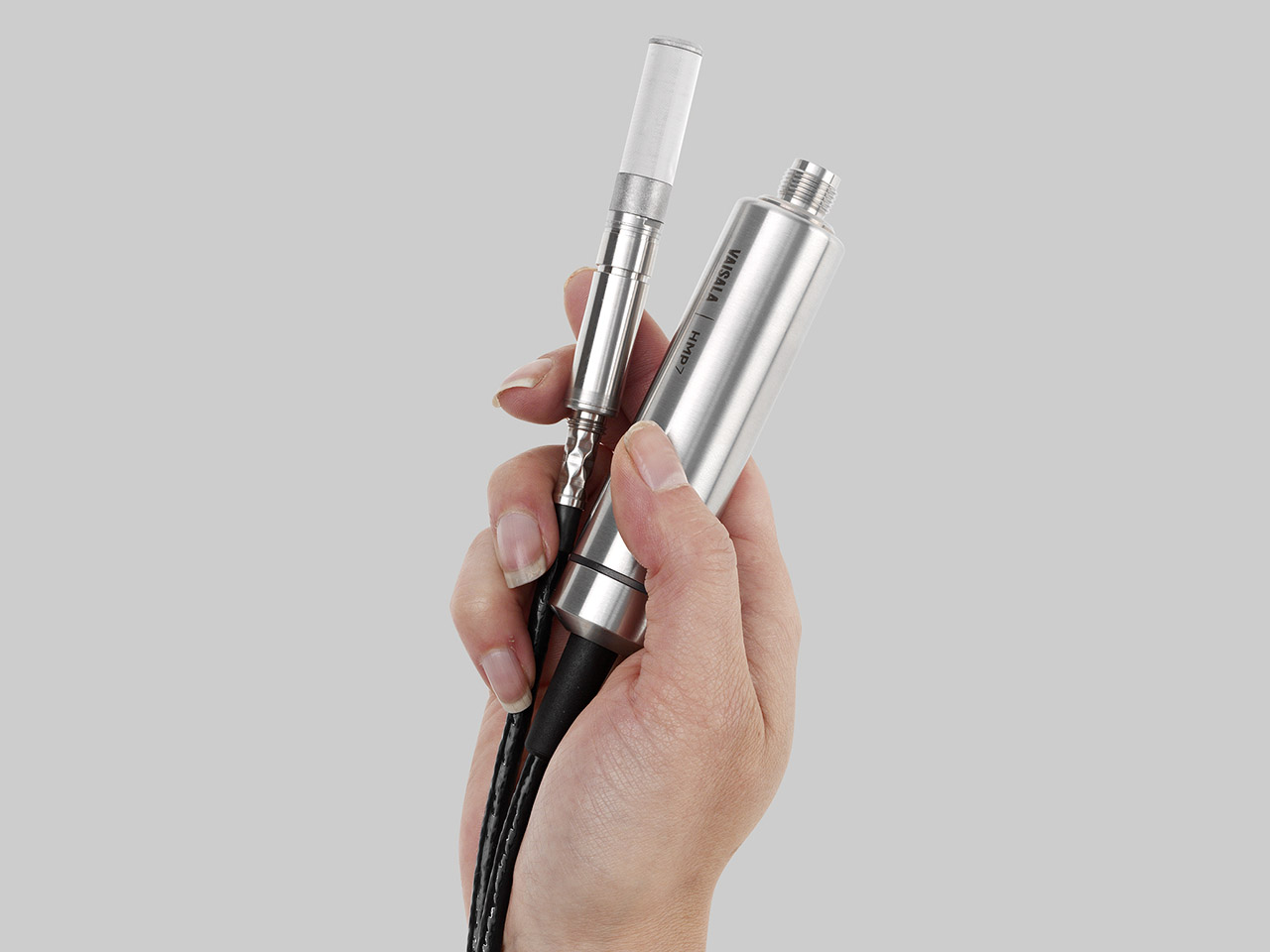Optimizing gas turbine performance with precise humidity measurements
Ensuring gas turbines run at maximum efficiency is a primary goal for operators. In the current economic climate, anything that increases productivity, and hence profit, is clearly welcome. From an environmental point of view, it is also important that turbines run as efficiently – and produce as few emissions – as possible. Fortunately, there are several ways to improve gas turbine output. Controlling the humidity and temperature of air entering the combustion inlet is one of the most important, as it has a direct effect on the turbine’s efficiency, emissions, and operational reliability.
Cooler, denser air increases output and efficiency
In terms of gas turbine efficiency, the effect of air density is well known: denser intake air increases mass flow rate, which consequently results in improved turbine output and efficiency. Air density is inversely proportional to temperature, meaning that rising temperatures decrease air density and therefore reduce gas turbine efficiency and power.
Inlet-air cooling, especially in warm and hot environments, is commonly used to compensate for the efficiency loss caused by high air temperature. Even a small reduction in air temperature can lead to a significant increase in power output.
A 1°C reduction in air temperature can increase output by up to 0.5%.
There are several techniques that are used to cool intake air. A common solution is a fogger, a system that injects water into the airflow through nozzles, causing the air to cool as the water droplets evaporate. A secondary benefit of fogging is that the increased humidity of the air reduces the NOx emissions produced by the combustion process. Apart from inlet-air cooling in warm or hot conditions, humidity can also be a critical factor in avoiding icing in cold climates. If humid air is close to freezing, anti-icing systems are needed to protect the compressor from the damage that fast-moving ice particles would cause.
Optimal control needs accurate humidity information
Given the high speed of air within the air inlet system, water droplets and ice particles must be prevented from entering the compressor and turbine to avoid costly damage and erosion. In practice, this means that the air humidity needs to be kept below saturation levels. In other words, to avoid condensation, the dew point temperature of the air entering the system has to be below the air and surface temperatures in the system. The control system has to have a safety margin to allow for measurement uncertainties as well as fluctuations and irregularities in the properties of the air being measured. However, the wider the margins that are needed due to measurement uncertainties, the greater the efficiency potential that is lost. This is where a high level of measurement reliability really pays off. Accurately measuring the dew point enables cooling and fogging, or even heating, to be performed as close as possible to the condensation or icing limit within the system.
Different ways of expressing humidity
Depending on the application, different terms are used to express humidity. These include, but are not limited to, relative humidity, dew point temperature, and wet bulb temperature.
Relative humidity (RH) is the ratio of the water vapor’s partial pressure to its saturated pressure at a particular temperature. RH is expressed as a percentage and is generally used to describe ambient air humidity. The drawback of using RH is that it is heavily dependent on temperature. For example, if RH is 85% and the temperature 20°C, a decrease in the air temperature of only 2°C changes the RH to 96%. If RH is used to measure air humidity in a turbine inlet, this dependence has to be kept in mind because even without cooling or heating, the air temperature changes in the air inlet system. The main effect is cooling due to the acceleration of air at the compressor bell mouth, which can cause a temperature drop of several °C. Due to this cooling effect there is still a risk of ice formation even when the ambient temperature is above 0°C.
The dew point temperature (Td) is the temperature at which air, when cooled at constant pressure, becomes fully saturated with water vapor resulting in the formation of liquid water known as condensation. At 100% RH, the ambient temperature is the same as the dew point temperature, but when the dew point temperature is lower than the ambient temperature, the air becomes drier and therefore there is less risk of condensation forming. Two main benefits of using Td are that it is not temperature dependent and it directly provides the margin to condensing conditions.
Wet bulb temperature (Tw) is the temperature indicated by a thermometer wrapped in a wet sheath. The wet bulb temperature and ambient temperature can be used to calculate relative humidity or the dew point. Tw is a traditional way to determine humidity but has largely been replaced by direct measurements as accuracy is limited and the method requires some skill to use and maintain. All the above humidity parameters are pressure dependent, but for air intake applications typical drops in pressure are so small that they do not have a significant effect. For example, at 20°C and 1013 mbar, a reduction in pressure of 20 mbar causes a reduction of 1.7% in RH or 0.3°C in Td.
Factors affecting accuracy
There are many factors that affect humidity measurement accuracy – basic sensing technology being the most obvious one. However thin-film polymer sensors have been proven to satisfy the most critical needs in inlet air monitoring: accuracy, robustness, long-term stability, and low maintenance requirements. Because air in the inlet may be very close to saturation, and perhaps even forming condensation, the sensor has to maintain accuracy even in these conditions. One challenge for a humidity sensor in condensing air is that if the sensor gets wet, the measurements will continue to show saturated conditions until the sensor dries – even though the air itself is no longer saturated. To overcome this problem, Vaisala has developed patented heated probe technology. This ensures that the temperature of the probe is kept above the surrounding air temperature in order to avoid condensation on the sensor itself. Depending on the system and exact installation position, direct water splashes may also wet the humidity sensor. Special mounting accessories are available to prevent this from happening.
At power plants and polluted environments, the intake air may contain contaminants, which can affect long-term sensor accuracy. To overcome this challenge, advanced sensors can be configured with a chemical purge function, which cleans the sensor element automatically by evaporating possible contaminants.



Add new comment